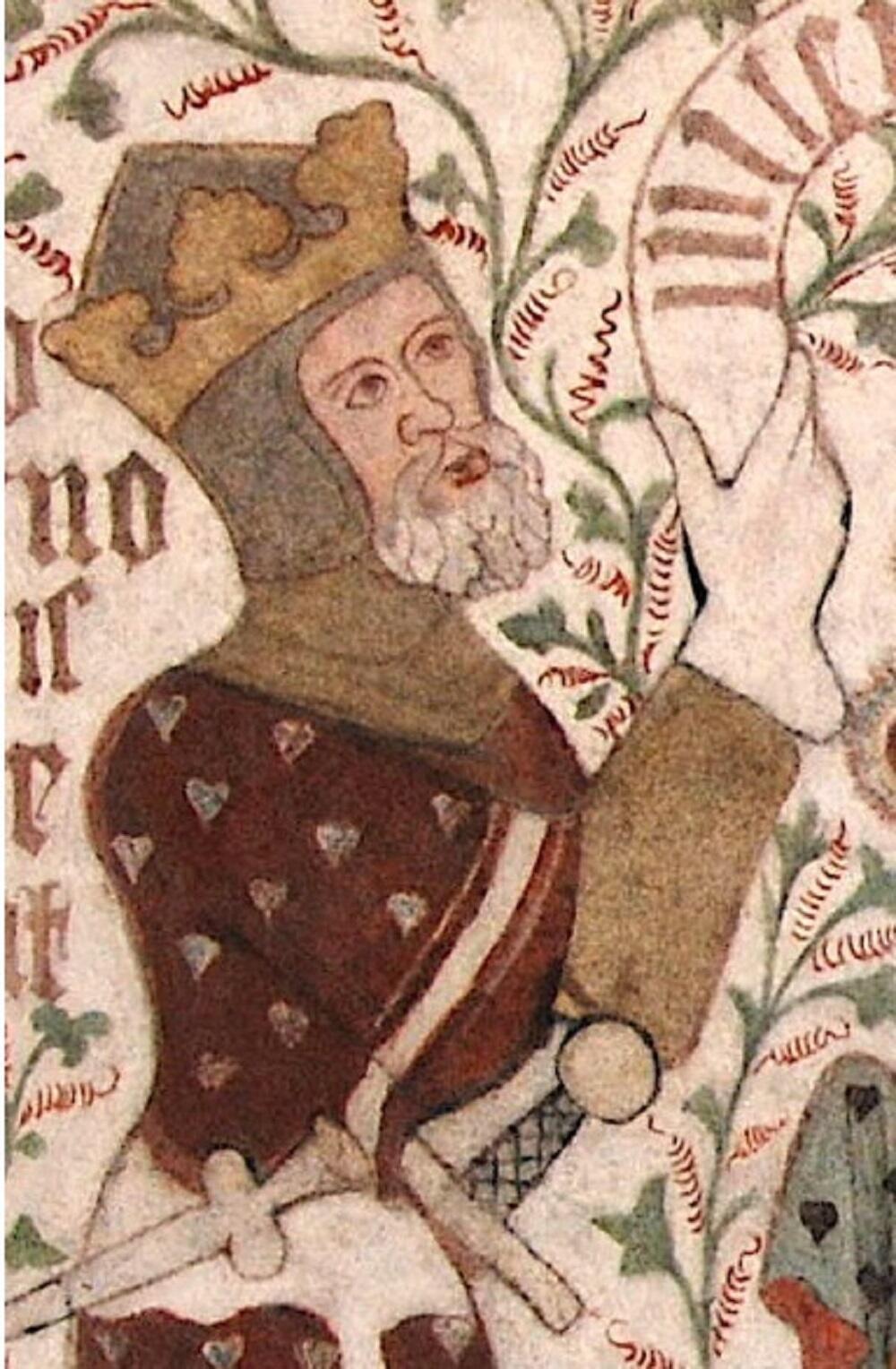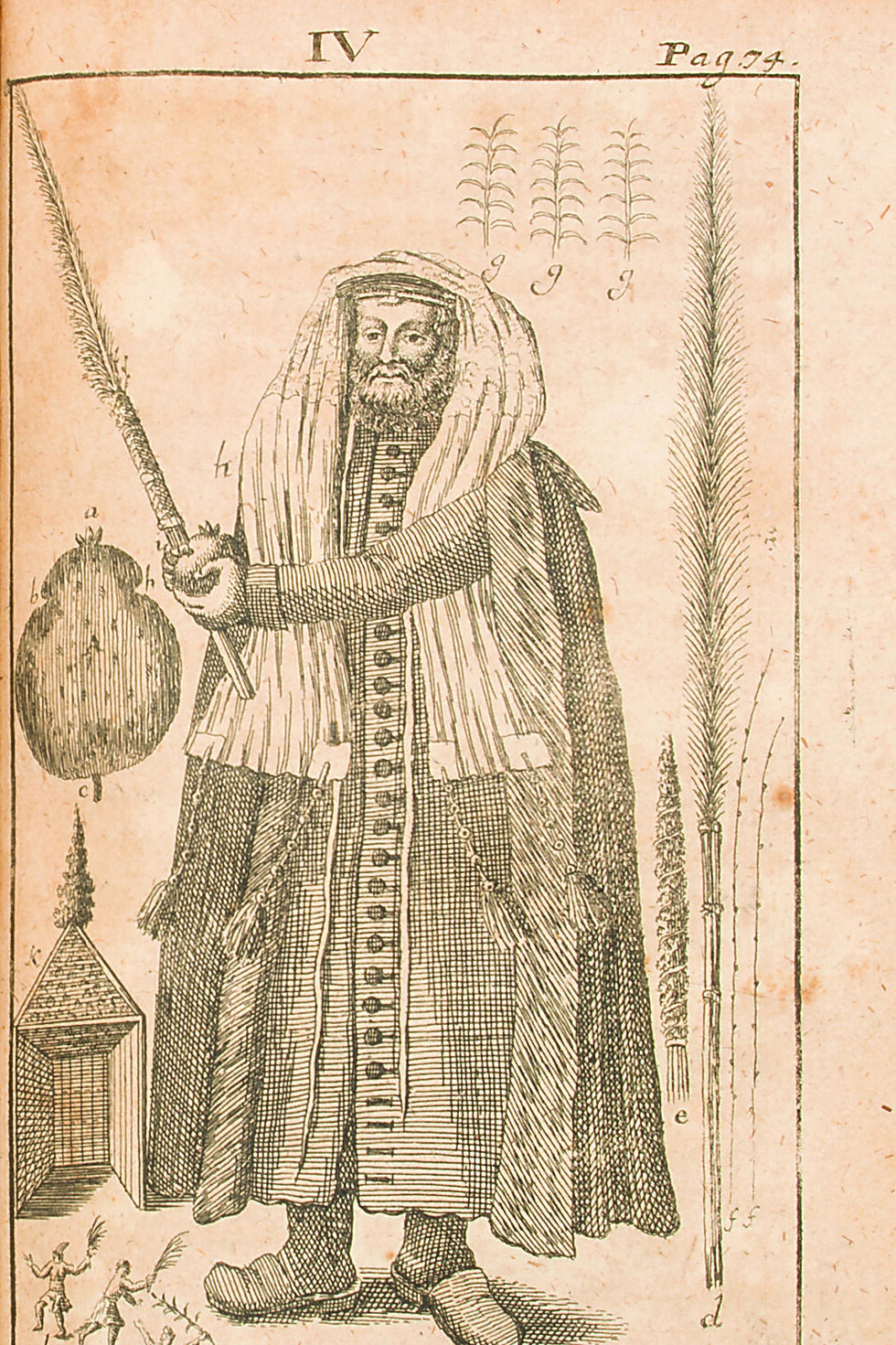How many tales and legends have disappeared over time? How many alternate renditions of well-known stories have vanished into historical oblivion? Such questions have long captivated literary researchers.
More stories:
However, answering them poses a fundamental challenge, for how can one quantify something that no longer exists? Recently, a group of researchers proposed an unexpected solution for this answer: the discipline of ecology.
4 View gallery


An ecological model can estimate number of original works or versions of medieval stories, like tales of King Arthur, existed in the past
(Photo: Shutterstock)
In the 1940s, ecologists began contemplating the existence of "unseen species": the number of species present in a given habitat that have gone undetected in observation studies.
One approach developed to tackle this question is a computational model that uses data on the number of species found in a survey in order to estimate how many new species would likely have been discovered in the same habitat if additional surveys were conducted.
In a recent study published in the journal Science, researchers applied a similar model to estimate the number of original works or versions of medieval stories, such as the tales of King Arthur, that existed in the past but have since been lost and forgotten.
They collected 3,648 known copies of 799 works written in six languages: English, French, Dutch, German, Icelandic and Irish. Ecologically speaking, the number of works represents the number of observed species, while the number of copies of each work represents the number of individuals observed per species.
Upon feeding all the data into the model, it projected an estimate that the pool of known works and copies available for study is a subset of a larger original population that consisted of 40,614 copies of 1,170 different works.
According to the model, the surviving works now constitute approximately 68% of the original population of tales, while the number of existing copies has dwindled to a mere 9% of the original count. In other words, we have lost nearly one-third of the narrative species, and the count of existing copies has drastically shrunk to less than a tenth of its original size.
Populations of stories?
The fact that stories do not always endure throughout history is neither new nor surprising, with even copies of the most famous books being lost over time. In this regard, the research does not introduce much novelty. However, it does does instigate a further exploration into how stories vanish, questions that interestingly find parallels in the field of ecology.
The research framework enables us to make comparisons between ‘populations’ of stories, and attempts to estimate which narratives have lost more of their details over time and why.
Just as ecologists strive to understand factors contributing to the survival of certain populations while driving others toward extinction, this research provides us with an opportunity to identify patterns in the survival and disappearance of stories.
The researchers note that their findings suggest that small and isolated human societies are more susceptible to the loss of cultural heritage, a vulnerability that also extends to small and isolated populations of biological species, where significant events such as natural disasters pose a greater risk of extinction compared to larger and more diverse populations.
Interestingly, the researchers also observed that a low level of social connectivity among individuals can in fact enhance its ability to preserve its cultural assets.
In societies characterized by frequent and extensive interpersonal connections, a particular version of a story may quickly gain dominance, displacing previous iterations. In contrast, societies with limited social connectivity create a barrier to the spread of a single dominant version, allowing for the coexistence of multiple versions across different segments of society.
In examining species extinction, ecologists also take into account what is known as the "background extinction rate." This concept assumes that species extinction is a natural process, and that in the absence of external disturbances it occurs at a relatively constant rate.
Hence, an intriguing question arises: When and why does species extinction accelerate beyond this background extinction rate, as we observe today due to human activities? Similarly, can we measure the "natural" rate at which stories vanish or identify periods when story disappearance accelerates and discern the underlying causes?
Understanding these aspects may enable us to proactively prepare for such scenarios and potentially mitigate such cultural losses, safeguarding invaluable cultural assets from extinction.
Laws of nature and laws of culture
The notion of incorporating ecological methods from the field of lice sciences into literary research is undeniably innovative. It also raises profound questions about the nature of science itself and its interpretation of the world.
For instance, adopting an ecological perspective might lead researchers to overlook cultural preservation practices that do not align with the established model. In the realm of folklore, variations of stories are often conveyed orally within specific communities without being documented in writing.
Accounting for such stories from the outset poses a significant challenge. An alternative research approach, more tailored to the unique characteristics of literary creation, could yield different findings.
4 View gallery


Can we measure the "natural" rate at which stories vanish or identify periods when story disappearance accelerates and discern the underlyin
(Photo: Shutterstock)
If so, do our models and research methods contain inherent biases that influence the way we investigate reality and interpret research findings? If so, what measures should we adopt to address this issue?
Furthermore, relying on a model designed to answer ecological questions for literary research raises an additional question that the researchers did not address: How can we ensure that model is even applicable to the current research? To tackle this, researchers need to endeavor to explain why the ecological principles outlined by the model apply to the literary field.
Alternatively, they should provide justification for the validity of their findings and explain what we may learn from them. It would be greatly beneficial to devise a way to test their findings through further research. While this may not conclusively affirm that the realms of ecology and literature are governed by the same principles, it would certainly strengthen the chosen research methodology.
The current study does not delve into these questions. It seems that scientists will continue to search for innovative and creative research methods and evaluations, often collaborating with peers from other disciplines.
Meanwhile, the fundamental questions arising from these cross-disciplinary explorations will be left for historians and philosophers of science to tackle. Who knows, they too might turn to algorithms from diverse fields or realms of thought, hoping to find insightful answers.



